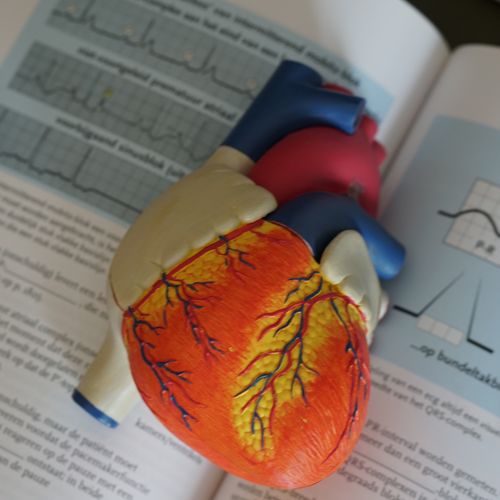Atherosclerosis is an inflammatory condition in which plaque builds up inside the arteries, resulting in reduced blood flow to the heart and other organs. It’s a common cause of heart disease and stroke. People with both Type 1 diabetes and Type 2 diabetes are both at risk.
Atherosclerosis is caused when fat, cholesterol and other substances accumulate on the walls of the arteries. This build-up is called plaque. The plaque can constrict blood flow and make it harder for oxygen-rich blood to reach the organs and tissues.
The buildup of plaque can cause atherosclerosis to progress without any symptoms. Over time, the condition may lead to chest pain, called angina, and other symptoms. If a blood clot forms, it can cause a heart attack or stroke.
Risk factors for developing atherosclerosis include smoking, high cholesterol, high blood pressure and a sedentary lifestyle. Other risk factors include diabetes, obesity, family history and age.
The best way to prevent atherosclerosis is to maintain a healthy lifestyle. Regular physical activity, eating a healthy diet, managing stress and avoiding smoking are all important steps in lowering your risk. In addition, your doctor might prescribe cholesterol-lowering medications, such as statins, to help reduce plaque buildup in the arteries.
Atherosclerosis is a serious medical condition, and it needs to be taken seriously. If you think you may be at risk for atherosclerosis, talk to your doctor about how to reduce your risk factors and protect your heart health. With the right care and treatment, you can keep your arteries healthy and prevent serious complications down the road.
Photo by Robina Weermeijer on Unsplash
Zoom Health is a leading UK supplier of Home Health Tests and Earplugs

